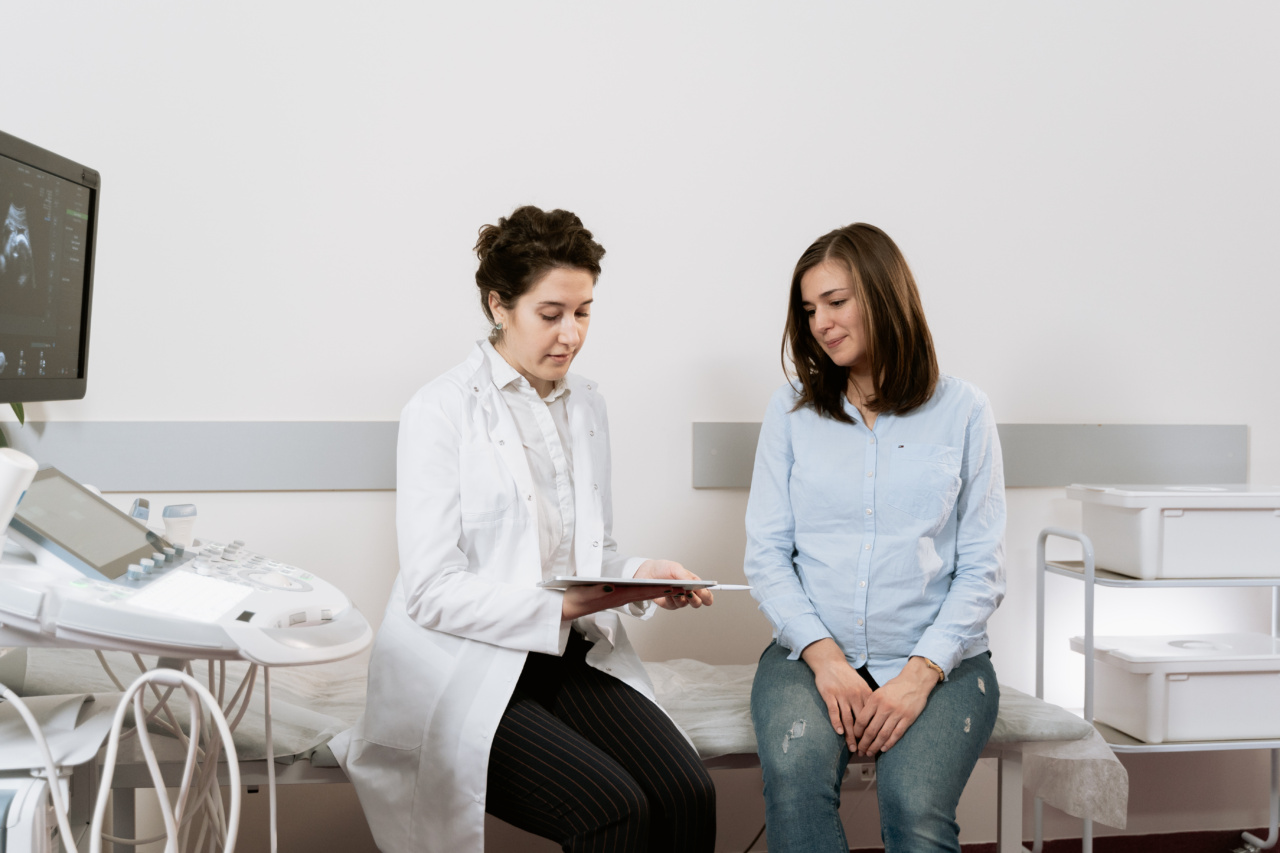Pregnancy tests play a crucial role in helping women determine whether they are pregnant or not. These tests rely on various technologies in order to provide accurate results.
In this article, we will delve into the technology behind pregnancy tests and explore how they work.
Hormones and Pregnancy
Before understanding pregnancy tests, it is important to have a basic understanding of the hormonal changes that occur during pregnancy. The key hormone involved in detecting pregnancy is called human chorionic gonadotropin (hCG).
This hormone is produced by the placenta after the fertilized egg attaches itself to the uterine lining.
Types of Pregnancy Tests
There are two main types of pregnancy tests available: urine-based tests and blood-based tests.
Urine-Based Pregnancy Tests
Urine-based pregnancy tests are the most commonly used tests and are available over-the-counter. These tests detect hCG in the urine. Let’s take a closer look at how they work:.
1. Absorbent Stick Tests
Absorbent stick tests consist of an absorbent tip that the user urinates on. This tip contains specific antibodies that react with hCG if it is present in the urine. The urine travels up the stick and reaches the area where these antibodies are located.
If hCG is present, it binds to the antibodies and triggers a color change, indicating a positive result.
2. Digital Tests
Digital pregnancy tests function in a similar way to absorbent stick tests, but they provide a digital result rather than relying on color changes.
These tests have a special strip that reacts with hCG and then sends an electronic signal to a display, which shows the result as either “pregnant” or “not pregnant”.
Blood-Based Pregnancy Tests
Blood-based pregnancy tests are usually conducted at a healthcare provider’s office. These tests are more accurate and can detect lower levels of hCG compared to urine tests. There are two types of blood-based tests:.
1. Qualitative Blood Tests
Qualitative blood tests determine the presence of hCG in the blood. This type of test can only provide a “yes” or “no” answer, indicating whether the woman is pregnant or not.
2. Quantitative Blood Tests
Quantitative blood tests measure the exact level of hCG in the blood. These tests are often used to monitor the progression of a pregnancy or to detect potential complications.
They can also help determine if a pregnancy is ectopic, which means the fertilized egg has implanted outside the uterus.
Accuracy of Pregnancy Tests
Pregnancy tests, both urine-based and blood-based, are generally highly accurate if used correctly.
However, the accuracy may vary depending on factors such as the timing of the test, the sensitivity of the test, and the individual’s hormone levels. It is important to follow the instructions provided with the specific test to ensure accurate results.
Evolution of Pregnancy Test Technology
Over the years, pregnancy test technology has evolved to improve accuracy, ease of use, and convenience for the users. Some of the advancements in pregnancy test technology include:.
1. Early Detection
Advancements in the sensitivity of pregnancy tests have allowed for early detection of pregnancy.
Some tests can detect hCG levels as early as six days before a missed period, providing women with results even before they experience common early pregnancy symptoms.
2. Digital Results
The introduction of digital pregnancy tests has made result interpretation easier for users.
These tests eliminate the need for subjective interpretation of faint lines or color changes and provide a clear “pregnant” or “not pregnant” result on a digital screen.
3. Rapid Tests
Rapid pregnancy tests have been developed to provide results in a shorter period of time, usually within a few minutes. These tests are especially useful for individuals who are anxious to know the results quickly.
4. Smartphone Apps
With the advent of smartphone technology, there are now pregnancy test apps available. These apps work in conjunction with specialized test strips or devices and provide a digital reading of the results on the phone screen.
Conclusion
Pregnancy tests have come a long way in terms of technology, from simple absorbent stick tests to advanced digital tests and smartphone apps. These advancements have made it easier for women to detect pregnancy accurately and early.
Whether it is the traditional urine-based tests or the more accurate blood-based tests, the technology behind pregnancy tests continues to evolve, ensuring accurate and convenient results for women.





























